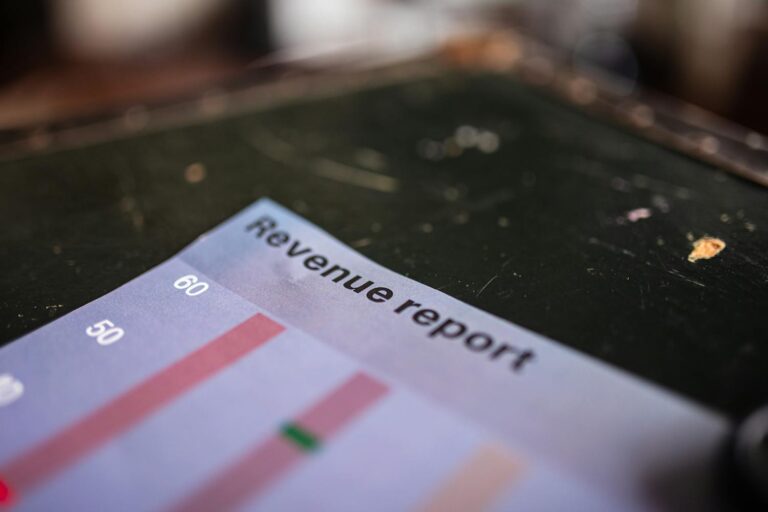
Getting an idea of who your audience is and other facts about them is best done before you start marketing. This will not only save you time but money as well. Both are some of the biggest assets you will have while in business. Keep reading for ideas on getting to know your audience and more.
Basic Demographics
Start with knowing the most basic demographics of your audience, including age groups, locations, gender, income, hobbies, and more. If your audience demographics fall into multiple categories, consider segmenting them and using a slightly different advertising campaign for each.
Why They Have Purchase Intent
One of the most important things to know about your audience is why they are looking for the product you offer. This involves understanding their pain points and the challenges they are facing.
Once you have that knowledge, you can directly address those pain points in your marketing. It will show potential customers that you understand them and convince them to buy your product or service.
Other Preferences
To maximize the effectiveness of your marketing, you will also need to know a few other important things about your audience. Learn about what social media platforms they prefer, how they buy, when they buy, and when they prefer to engage with your brand.
Things to Know to Help You Segment Your Audience
You must learn several facets about your target audience to help you segment them. Remember that segmenting your audience lets you deliver more targeted advertisements, emails, or other marketing efforts.
Special Interests
Pay attention to the various special interests of your audience. This will tell you what influences their buying preferences. If you run a fitness store, you could divide your audience into those interested in cardio and those in strength training. You can also categorize them according to those looking for gear to compete in athletics versus those doing sports for fun or exercising for fitness.
Subgroups and Cultures
You also want to look for subgroups within your audience to help with segmentation. This can be based on common experiences, such as watching particular shows. This will let you understand their motivation and create advertising that appeals more to them.
Turn the Information Into Buyer Personas
Once you have gathered the relevant information on your audience, turn it into buyer personas. Make as many as you need to in order to address your entire audience. As a bonus, buyer personas will give you further insight into preferences.
You will use these personas to better target your marketing efforts and create long-lasting relationships with clients.
How to Gather Details About Your Audience
Now that you know what information you need to gather about your audience, how do you go about doing so? There are several different ways to start gathering data on your audience.
Surveys

Surveys work well for providing specific information, such as the location most of your clients come from, what they are using your business for, and what their preferences are. With this, you can begin to look for patterns in how your services are utilized and how purchases are made.
You can ask for as much detail as you want with surveys. Just remember that response rates will be higher for shorter, simpler surveys, while more detailed surveys can provide you with more useful information. It’s a trade-off.
Competitors
Another way to get a feel for your potential clientele is to keep an eye on your competition. See what they are offering and the kinds of clients that frequent their venues. In fact, competitors are often one of the best tools to utilize in furthering your marketing strategies. Changes to their products, services, and campaigns can help you target their audience and, by offering improvements, win them over.
Complementary Businesses
In addition to competitors, you can look at complementary businesses. These are small businesses that aren’t your direct competition but have a similar audience. For example, a gym and fitness store would have complementary audiences. Or maybe a jewelry store and a luxury clothing boutique could work together. You can share audience research with this complementary company.
Engagement
In addition to this, you should also monitor comments, feedback, and other engagements with your audience. The more content you put out there in various forms and on a variety of platforms, the more information you will have about your clients. You will see what they interact with and what they aren’t interested in. Pay attention to what gets shared and what gets engagement so you can offer more of that. Use this information to create the best marketing strategies for your products and services.

Social Media for Data and Engagement
Before a paid marketing program, the various social media platforms are an ideal way to learn more about your audience. You can post frequently across a variety of social media accounts and see which posts get the most engagement. Each bit of content gives you the opportunity to evaluate what works best for your business.
Review the Data and Use It
Getting all the data is just one step of the process. You must use the data and analyze it to your advantage. Offer your audience what they want, and they will come to your business. Provide excellent value, and they will become loyal advocates.
Test New Ideas
You can also get important information about your audience by testing new ideas or marketing efforts with them. One example is when you are considering marketing on an additional channel. You can try a small-scale effort and gather data on how it works. Look at analytics, surveys, and feedback that come directly from your audience.

Conclusion
Getting to know your audience is not a simple process, but it is an important one. By knowing who your audience is, you keep your content on point with your clientele. It will also help you provide services and products that your audience needs.
Identifying your audience converts them into paying customers who stick around long-term and become loyal ambassadors of your brand. This is just one facet of why getting to know your customers well will help your marketing strategies.




